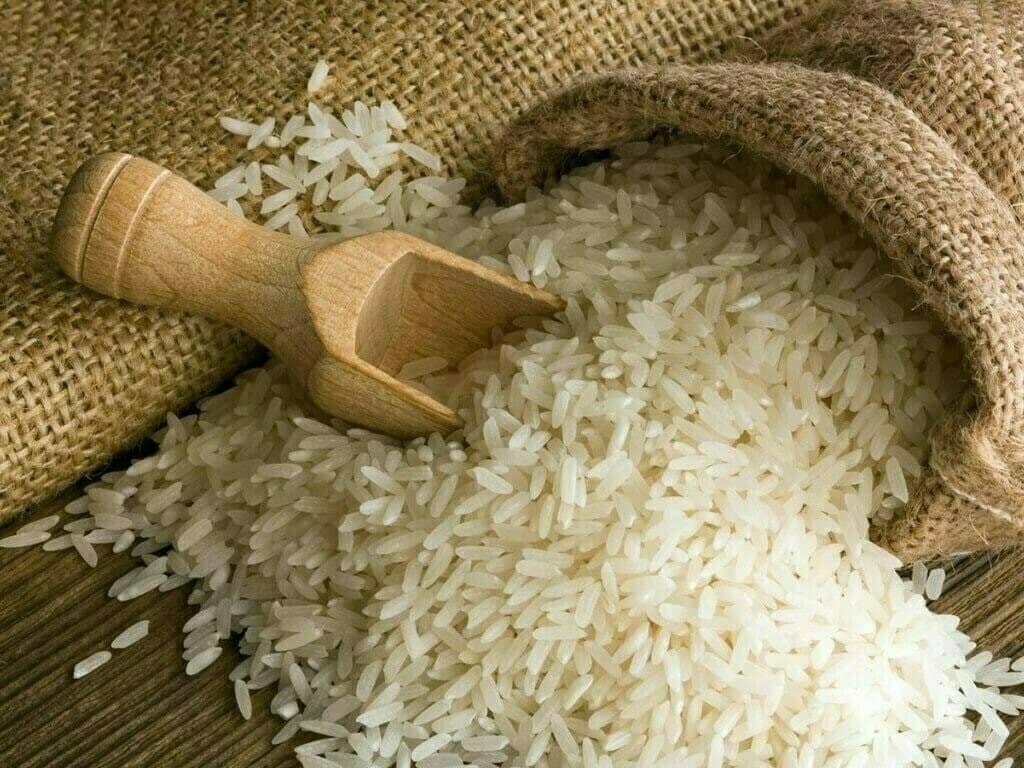Tags
Prices of basmati paddy up 14% on year as arrivals peak
Global demand and curns on exports push up mandi prices.

The prices of short duration Pusa basmati 1509 paddy are currently ruling in the range of Rs 4,000/quintal, against a price of Rs 3,500/quintal last season. (IE)
Mandi prices of several varieties of basmati paddy are ruling 11-14% higher than the last year levels, one month after the government’s decision to reduce the minimum export price (MEP) of basmati rice to $950/tonne to give a boost to exports.
Exporters said that robust global demand especially from Middle-East and the restrictions on non-basmati rice varieties exports have pushed basmati paddy prices up in the peak arrival period.
At the Karnal mandi, Haryana, the hub of basmati paddy trade in the country, Pusa 1121 variety of paddy, which has major share in basmati rice exports, are fetching the farmers Rs 5,000-5,100/quintal, against the previous year’s price of Rs 4,500 – 4,600/quintal.
Similarly, the prices of short duration Pusa basmati 1509 paddy are currently ruling in the range of Rs 4,000/quintal, against a price of Rs 3,500/quintal last season.
Even Pusa basmati 1718 variety which is resistant to bacterial leaf blight disease is currently being purchased from farmers by traders and exporters at Rs 4,700/quintal, against last year’s price of around Rs 4,100/quintal.
“With the surge in exports following disruption in shipment in October because of higher MEP of $1200 tonne, demand for basmati paddy is likely to stay elevated during the rest of procurement season,” Amit Bansal, a rice exporter based in Karnal, Haryana, told FE.
Bansal said that in addition to demand from traditional market such as Saudi Arabia, Iran and United Arab Emirates, demand for basmati rice from Iraq has been quite encouraging this season.
The government on October 26 had reduced the floor price for exports of basmati rice to $950/tonne from $1200/tonne imposed in August following representation from the exporters such as high MEP was not viable for exports.
“Paddy prices of basmati varieties by atleast Rs 500/quintal higher than last year which is expected to boost exports and farmers’ income”, Vijay Setia, former president, All Indian Rice Exporters Association (AIREA) and a Karnal based rice exporter said.
The government had imposed the $1,200/tonne MEP on basmati rice till October 15 which was aimed at restricting ‘illegal shipment of white non-basmati rice (whose shipment was banned from July 20) in the garb of premium basmati rice,’.
According to AIREA, the average export price of basmati rice in the last five years has been $ 975/tonne.
India has exported 2.3 million tonne (MT) of basmati rice valued at $2.6 billion in the April-September period of the current fiscal, an increase of 14% in terms of value compared to the same period previous year.
In 2022-23, the country exported 4.56 MT of basmati rice valued at $4.78 billion with an average price of $1,050/tonne.
Geographical Indication (GI) tagged basmati rice is grown in 70 odd districts in Punjab, Haryana, western Uttar Pradesh, Jammu & Kashmir and Uttarakhand.
The aromatic and long grain rice commands a premium in the global market. India has a share of around 75%-80% in the global aromatic rice market.
https://www.financialexpress.com/market/commodities-prices-of-basmati-paddy-up-14-on-year-as-arrivals-peak-3318337/Published Date: November 27, 2023







